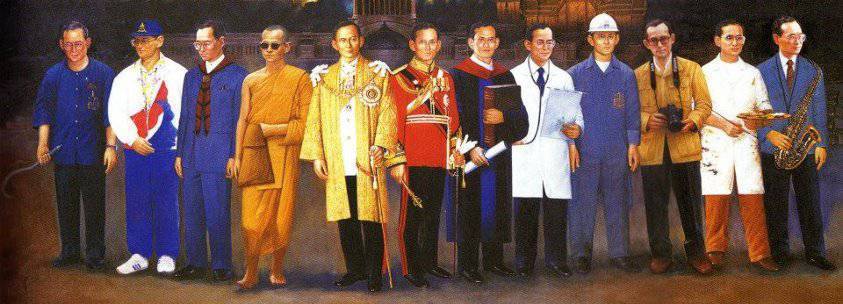Permaculture is a branch of ecological design and ecological engineering which develops sustainable human settlements and self-maintained agricultural systems modeled from natural ecosystems.
The core tenets of permaculture are:
Take Care of the Earth: Provision for all life systems to continue and multiply. This is the first principle, because without a healthy earth, humans cannot flourish.
Take Care of the People: Provision for people to access those resources necessary for their existence.
Share the Surplus: Healthy natural systems use outputs from each element to nourish others. We humans can do the same. By governing our own needs, we can set resources aside to further the above principles.
Permaculture draws from several disciplines including organic farming, agroforestry, integrated farming, sustainable development, and applied ecology. "The primary agenda of the movement has been to assist people to become more self reliant through the design and development of productive and sustainable gardens and farms. The design principles which are the conceptual foundation of permaculture were derived from the science of systems ecology and study of pre-industrial examples of sustainable land use."[5]
Permaculture design emphasizes patterns of landscape, function, and species assemblies. It asks the question, “Where does this element go? How can it be placed for the maximum benefit of the system?" To answer this question, the central concept of permaculture is maximizing useful connections between components and synergy of the final design. The focus of permaculture, therefore, is not on each separate element, but rather on the relationships created among elements by the way they are placed together; the whole becoming greater than the sum of its parts. Permaculture design therefore seeks to minimize waste, human labor, and energy input by building systems with maximal benefits between design elements to achieve a high level of synergy. Permaculture designs evolve over time by taking into account these relationships and elements and can become extremely complex systems that produce a high density of food and materials with minimal input.[6]
Common permaculture practices include the use of agroforestry, natural building, rainwater harvesting, and sheet mulching.
http://en.wikipedia.org/wiki/Permaculture
The Lung Mee Permaculture Garden - A Year in a Minute
<a href="http://www.youtube.com/v/xumbvsUXN38?version" target="_blank" class="new_win">http://www.youtube.com/v/xumbvsUXN38?version</a>http://www.youtube.com/watch?v=xumbvsUXN38 Uploaded by PermacultureSiam on Mar 25, 2009
A collection of fixed position slides showing a years evolution, from inception, of the Lung Mee Permaculture Garden in the Surat Thani province in Southern Thailand. In just over a minute, watch the garden transform from a hot bare patch of sand into an abundant Permaculture food garden with over 90 edible and useful plant species.













